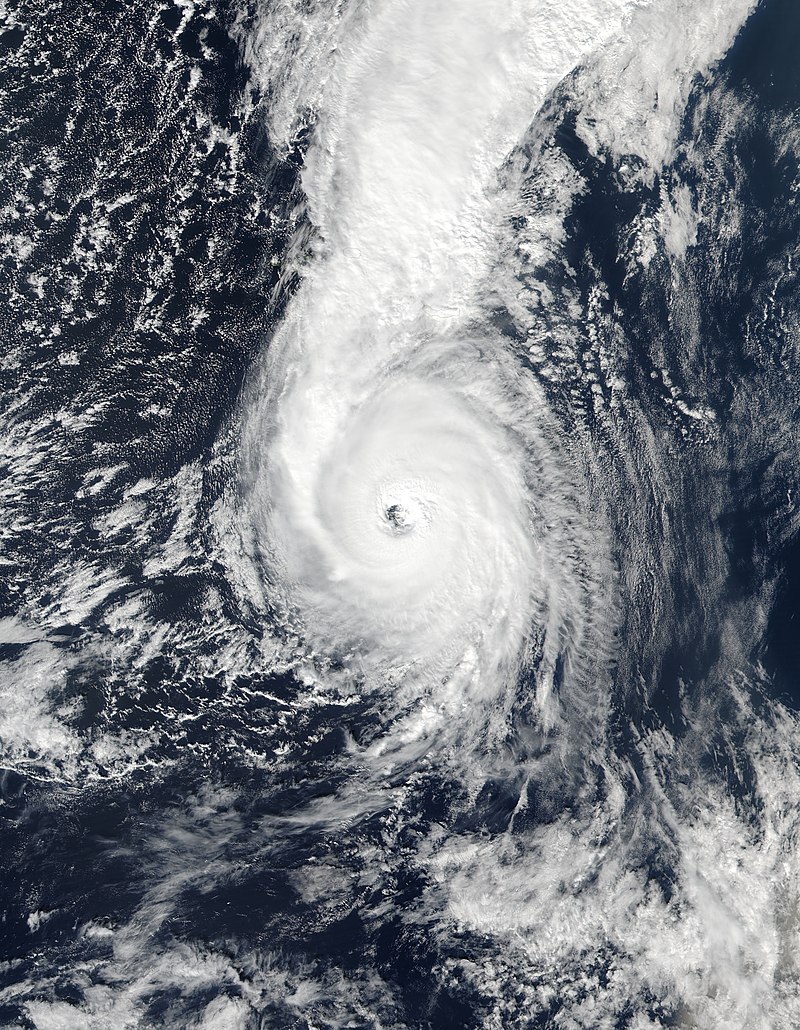Hurricane Ophelia, known as Storm Ophelia in Ireland and the United Kingdom, was a powerful storm that made landfall in October 2017. This research article examines the historical significance of Hurricane Ophelia as the worst storm to affect Ireland in 50 years and the easternmost Atlantic major hurricane on record. We delve into the storm’s origin, track, intensity fluctuations, and its transformation into an extratropical cyclone. Furthermore, we analyze the impact of Hurricane Ophelia on the affected areas, including the damage caused, loss of life, and the financial cost of recovery. We also provide recommendations on how to enhance preparedness and protection in the face of future hurricanes similar to Ophelia.
Hurricane Ophelia emerged from a decaying cold front on October 6, 2017, acquiring non-tropical origins. Over the following days, the storm steadily gained strength within a favorable environment while drifting north and then southeastwards. On October 11, Ophelia reached hurricane status, eventually intensifying into a major hurricane on October 14 south of the Azores. After reaching peak intensity, Ophelia began to weaken as it moved towards Ireland and Great Britain, ultimately undergoing an extratropical transition on October 16.
Impact Before and During Landfall Prior to landfall, Hurricane Ophelia caused significant disruption in the areas it traversed. The storm produced strong winds, heavy rainfall, and rough seas. These conditions resulted in the closure of schools, airports, and public transportation services. Power outages affected thousands of homes and businesses, leaving people without electricity for several days. Coastal regions experienced high tides and storm surge, leading to localized flooding and coastal erosion.
On October 16, Hurricane Ophelia made landfall in Ireland, causing widespread damage. Three deaths were directly attributed to the storm, all occurring in Ireland. The impact was most severe in the southern and western parts of the country, where the storm’s center passed closest. Structural damage was reported, including uprooted trees, damaged roofs, and collapsed buildings. Additionally, the storm disrupted communication networks, hindering emergency response efforts.
Recovery and Rebuilding The total losses resulting from Hurricane Ophelia were less severe than initially anticipated. Minimum estimates of insured losses across Ireland and the United Kingdom amounted to US$87.7 million. Prompt response and preparedness measures by local authorities played a crucial role in mitigating the storm’s impact. The recovery process involved clearing debris, restoring power infrastructure, and repairing damaged buildings. Communities worked together to rebuild homes and businesses, fostering resilience and unity in the face of adversity.
Enhancing Preparedness and Protection To protect against future hurricanes like Ophelia, it is crucial to take proactive measures. Some recommendations include:
a) Developing robust emergency response plans: Governments and local authorities should formulate comprehensive plans that address evacuation procedures, communication systems, and resource allocation.
b) Strengthening infrastructure: Building codes and regulations should be revised to ensure structures are capable of withstanding hurricane-force winds. Improving the resilience of critical infrastructure, such as power grids, can minimize disruptions.
c) Raising public awareness: Effective communication campaigns can educate the public about hurricane preparedness, including the importance of securing loose objects, having emergency kits, and staying informed through reliable sources.
Interesting Fact As a direct result of Hurricane Ophelia, Ireland experienced an unusual atmospheric phenomenon. The storm carried fine sand particles from the Sahara Desert, creating a reddish hue in the sky. This phenomenon, known as the “Ophelia Red Sun,” captivated the public and led to stunning photographs and discussions about the interconnectivity of global weather systems.
In conclusion, Hurricane Ophelia left a lasting impact on Ireland and the United Kingdom, serving as a reminder of the destructive power of hurricanes. By implementing proactive measures, enhancing preparedness, and promoting community resilience, we can strive to minimize the impact of future storms and protect the well-being of our communities.




Leave a Reply